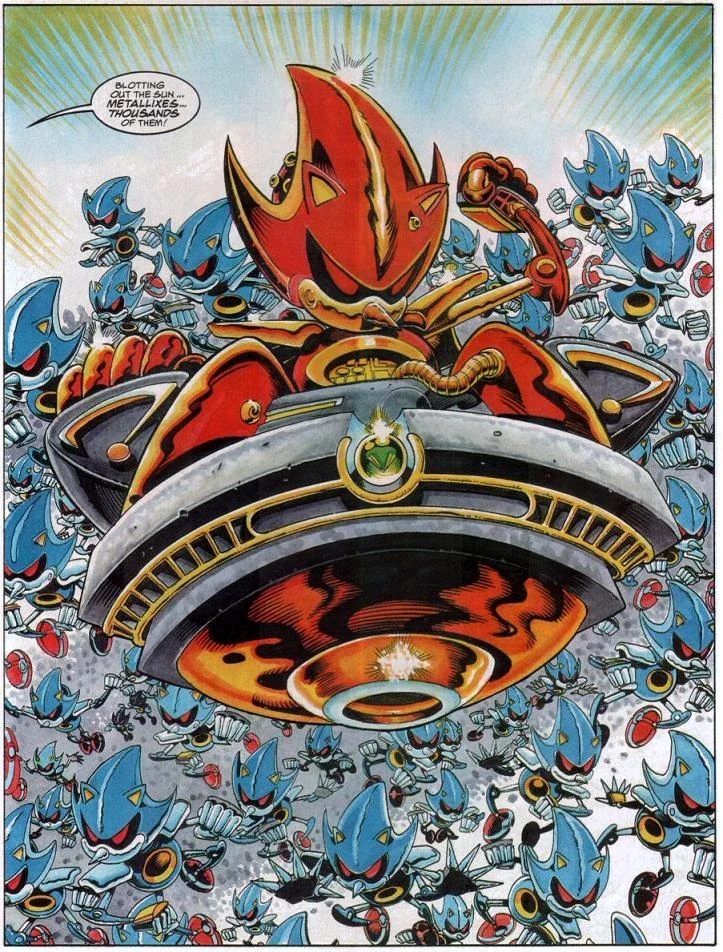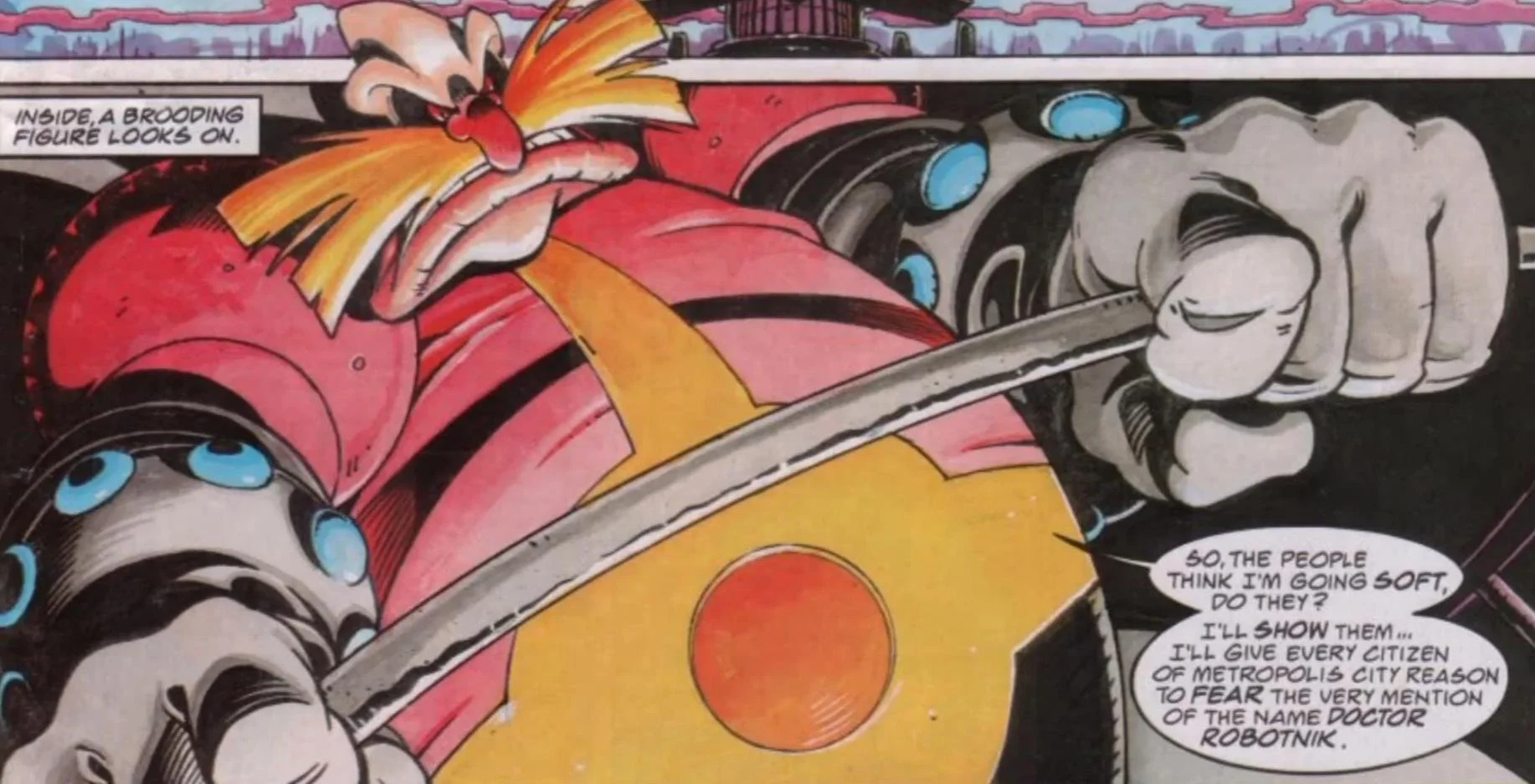There’s a quote that’s haunted me since I first read it in my first year at university, a Google search has told me that it’s attributed to Kenyan commentator Onyango Oloo:
“One New York firefighter is worth ten British bobbies, is worth a hundred Bosnians, is worth a thousand Rwandans, is worth ten thousand Africans dying in a civil war.”
It’s brutal. It’s also true. It captures the media’s quiet mental model, how proximity, nationality, and familiarity decide whose suffering counts. People care the most about those in their close surroundings.
And, like it or not, we do the same thing in user research.
We build our own hierarchy of grief. Our own hierarchy of what matters.
Some users get our attention, our empathy, our meticulously crafted Miro boards. There are stories I can recount now of speaking to victims of modern slavery and addiction, as well as happier tales like the ‘Chicken King’.
Others? They get written off as “edge cases.”
Or “not our target audience.”
Or, the worst one: “interesting, but not actionable.”
The Firefighter: The Convenient User
In our world, the “New York firefighter” isn’t the hero running into a burning building, it’s the easy user.
The articulate one.
The one who shows up on time to their remote interview with good lighting and a nice microphone. The one who is closest to home.
The one whose worldview doesn’t challenge ours too much.
They might be:
A stakeholder whose “gut feeling” somehow becomes a research insight.
An early adopter in London or San Francisco who looks suspiciously like your design team.
A squeaky wheel customer who’s always ever so helpful when engaging with the sales team.
A loyal power user who says nice things and validates your backlog.
They’re great, they make us feel productive. They’re some wonderfully juicy low hanging fruit. But if we only listen to them, we’re designing for a subsection, one journey, one experience.
That’s not insight; that’s self-affirmation with via Figma, homogenous Heroku.
The Silent Thousands
Then there are the people at the bottom of the hierarchy — the users who never make it onto your recruitment spreadsheet.
They’re:
The ones using your service on a broken Android 6 phone over 3G.
The ones who need a screen reader and can’t get past your cookie banner.
The ones who don’t speak your default language, but have no choice but to use your product as ‘98% of users speak a level of English’.
When they do appear in your dataset, as a small, lonely dot in a sea of “positive feedback” we call them outliers.
We literally flatten their struggle into a data point. An aberration to be turned into an anecdote, to a blip, to being cut out of the narrative.
Their pain becomes “low priority,” or worse, “for phase two.” Stuffed into the backlog to be revisited ‘at some point’, which we know, never happens.
That’s the real tragedy of poor research — not lives lost, but opportunities missed, markets ignored, trust eroded.
Rewriting the Hierarchy
We love to say “users are at the heart of everything we do,” but all users are equal and some users are more equal than others.
If your sample skews to the loud, the local, or the lovely, your insight isn’t wrong - it’s just incomplete.
And incomplete research builds brittle systems.
The real work is unglamorous:
Recruiting the inconvenient. The ones who cancel twice or need translation support. When working within the public sector, those who are afraid of engaging with government.
Designing for the edge cases first. Because that’s where resilience and innovation live.
Context over convenience. Get out from behind the Zoom call and into the actual environment where people are struggling.
That’s how we stop treating users like headlines — and start designing for the full storyThat’s how we stop treating users like headlines — and start designing for the full story.
Because in user research, our job isn’t to rank suffering.
It’s to listen to every voice and actually hear them.




